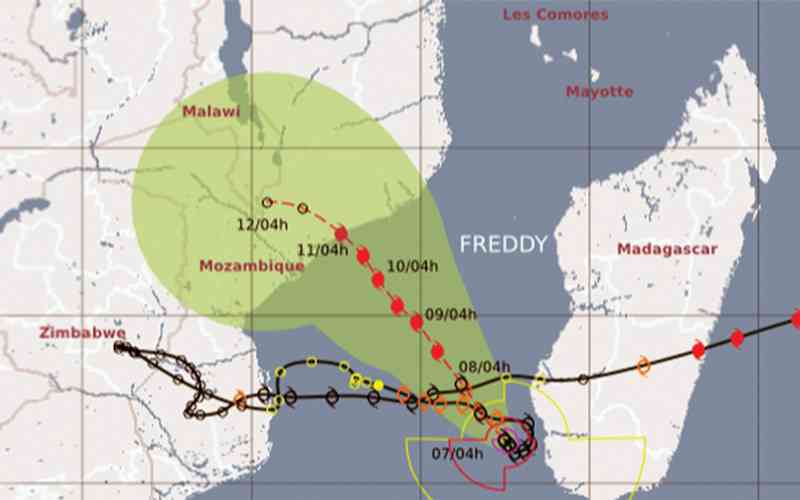
Two new things on the climate front this week, both bad news. Cyclones used to be like drive-by shootings: one pass, one hit and then gone. Now they are starting to come back for a second hit.
And until now, scientists only worried about the West Antarctic ice shelf sliding into the sea (which would add three or four metres to sea level). But they have just discovered that the main ice-sheet that covers Eastern Antarctica, 10 times bigger, is also in motion (potentially 52 metres of sea-level rise).
Why does the bad news just keep on coming?
“Thirty years of climate science has given us so much understanding, and what I now see very clearly as a red thread during that entire journey is that the more we learn about the Earth system, the more reason for concern we have,” Johan Rockström, director of the Potsdam Institute for Climate Impact Research, told me three years ago.
“People think we raise the alarm because human pressures are increasing, but that’s not the case at all. It’s just that we are learning how the planet works, and the more we learn the more vulnerable she is.
“When humans started this massive global experiment of putting pressure on the planet, with greenhouse gases and cutting down forests and loading nutrients into the oceans, what did the Earth system do?
“It responded by buffering and buffering and buffering, and dampening the impacts, just shoving our planetary debt under the carpet, because we were so far away from the tipping point that the systems had huge redundant capacity — what we call resilience.”
That was largely still true three years ago, but cracks are now appearing in that wall of resilience.
- Zim closely monitoring Cyclone Freddy
- Schools shut as cyclone closes in on Madagascar
- Winds lash Madagascar's coast as Cyclone Freddy makes landfall
- Madagascar, Mozambique set for “dangerous” Cyclone Freddy
Keep Reading
Cyclone Freddy started in the usual place, off northwestern Australia. It followed the usual path across the Indian Ocean to East Africa. It was the biggest cyclone ever to hit Madagascar and the Mozambique coast, but that’s not the big deal. Records were made to be broken.
Cyclones (or hurricanes) usually lose power soon after they go over land. The big deal is that Freddy went back out to sea, gathered more energy from the warm surface water, and came back for a second bite this week. Hundreds more dead in Mozambique and Malawi.
If cyclones in the Indian Ocean can do this, sooner or later so will typhoons in the western Pacific and hurricanes in the North Atlantic. We have crossed some sort of invisible threshold.
The other bad news is the discovery that East Antarctica, which contains 90% of the world’s ice, is not as stable as people thought. Australian scientists now know that in at least two places, Denman and Totten glaciers, megatonnes of ice are sliding into the sea each year.
There may be more glaciers like that, and an urgent search is now underway to determine how imminent the threat of accelerated sea level rise is. But we should have expected this sort of surprises.
“We have followed a 150-year journey since we kicked off the industrial revolution,” said Rockström, “and we have gradually been losing resilience, but up until recently, the models have been right. Things change linearly when it’s resilient, but when you lose resilience ... Bang! Things can crack, and you tip over into new states.”
Many big changes in natural systems are “non-linear”: abrupt and often irreversible lurches, not smooth transitions. Human beings prefer to think about climate in terms of gradual change, so we will continue to be surprised.
- Dyer is a London-based independent journalist. His new book is titled The Shortest History of War.










